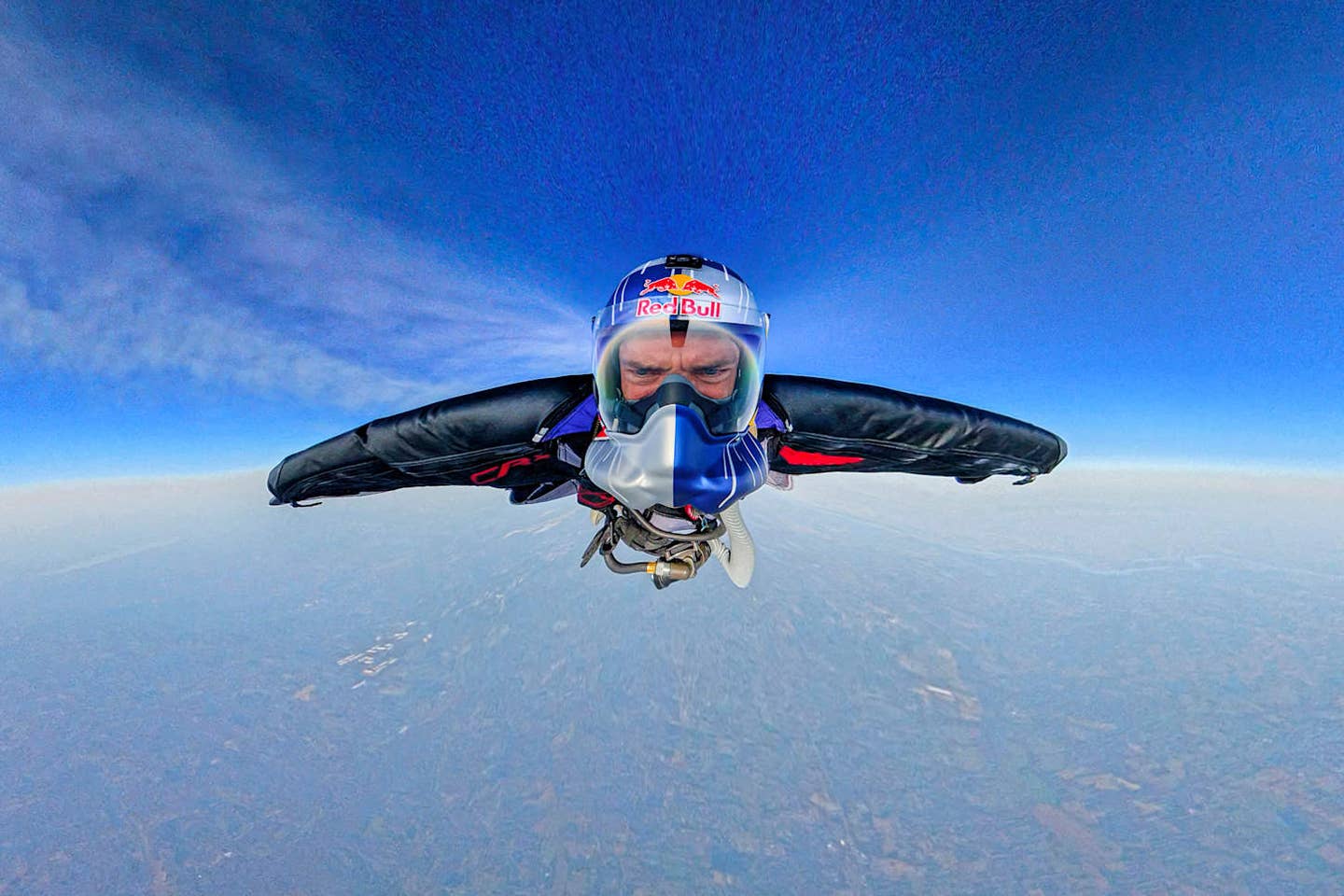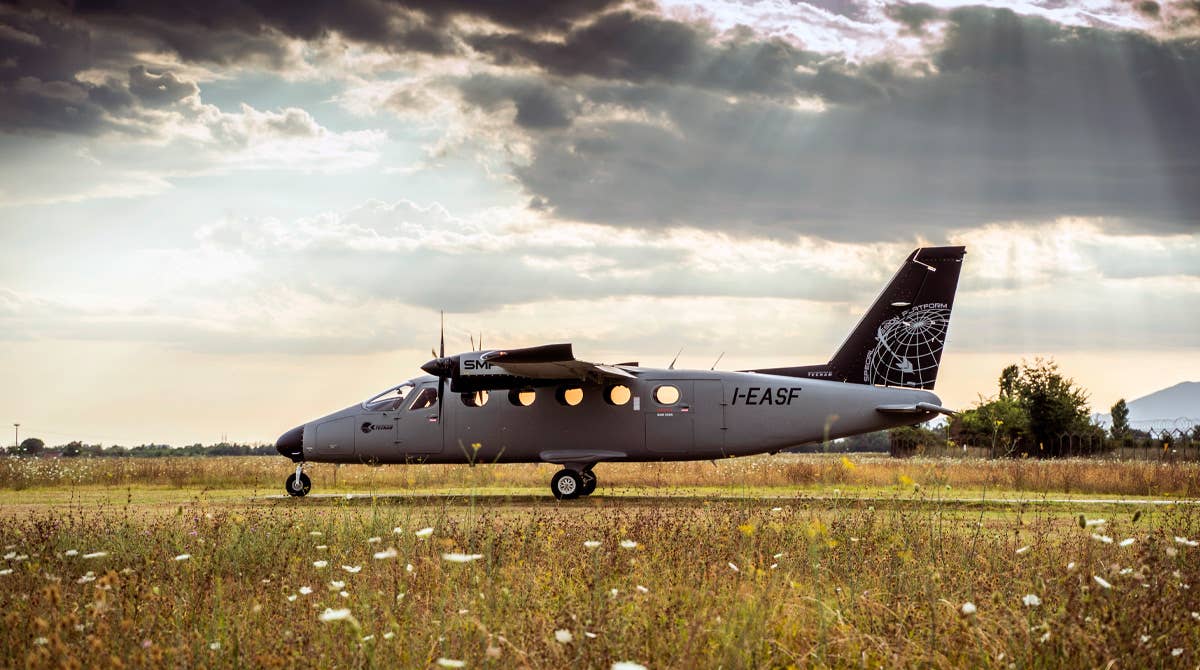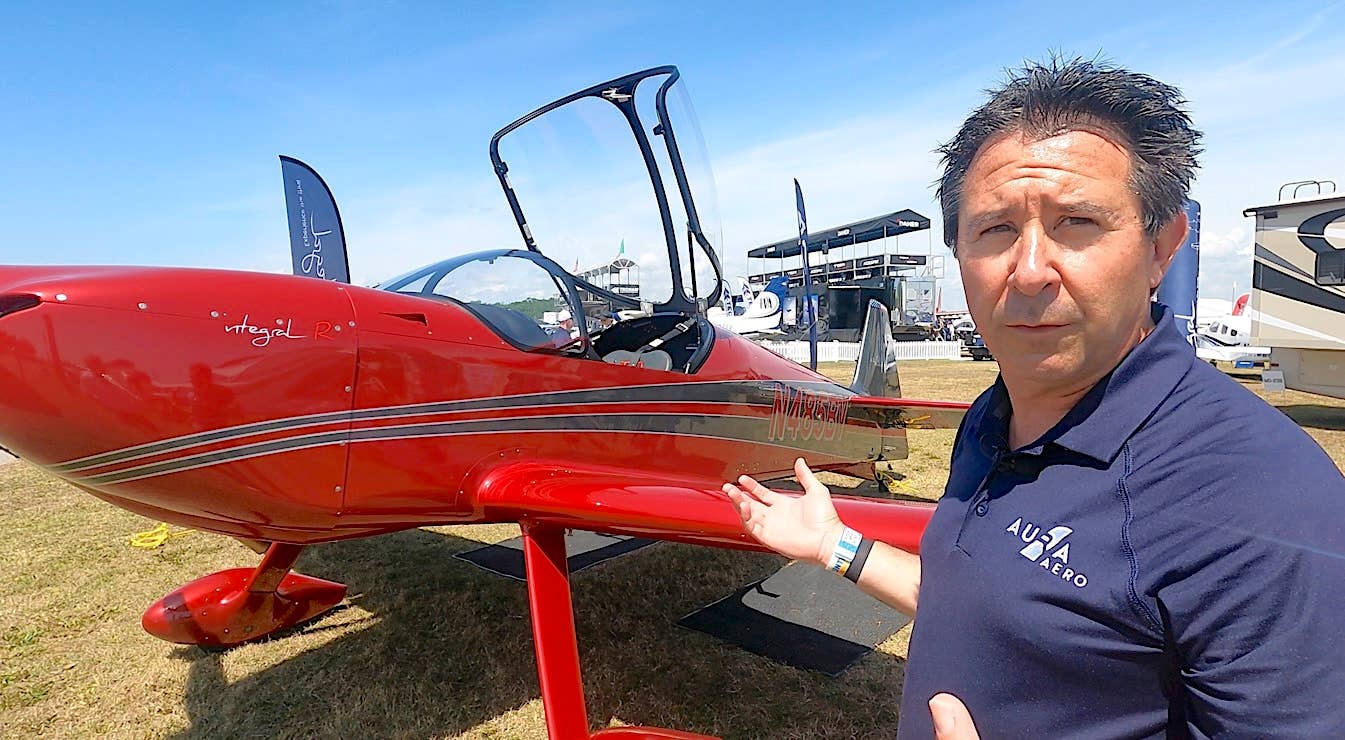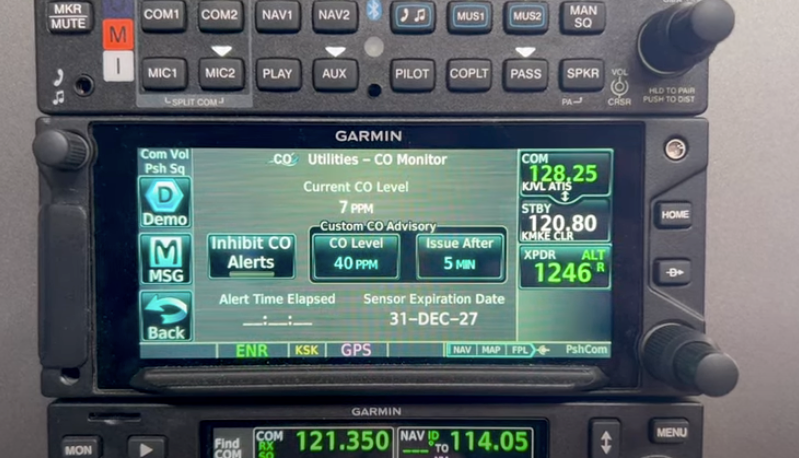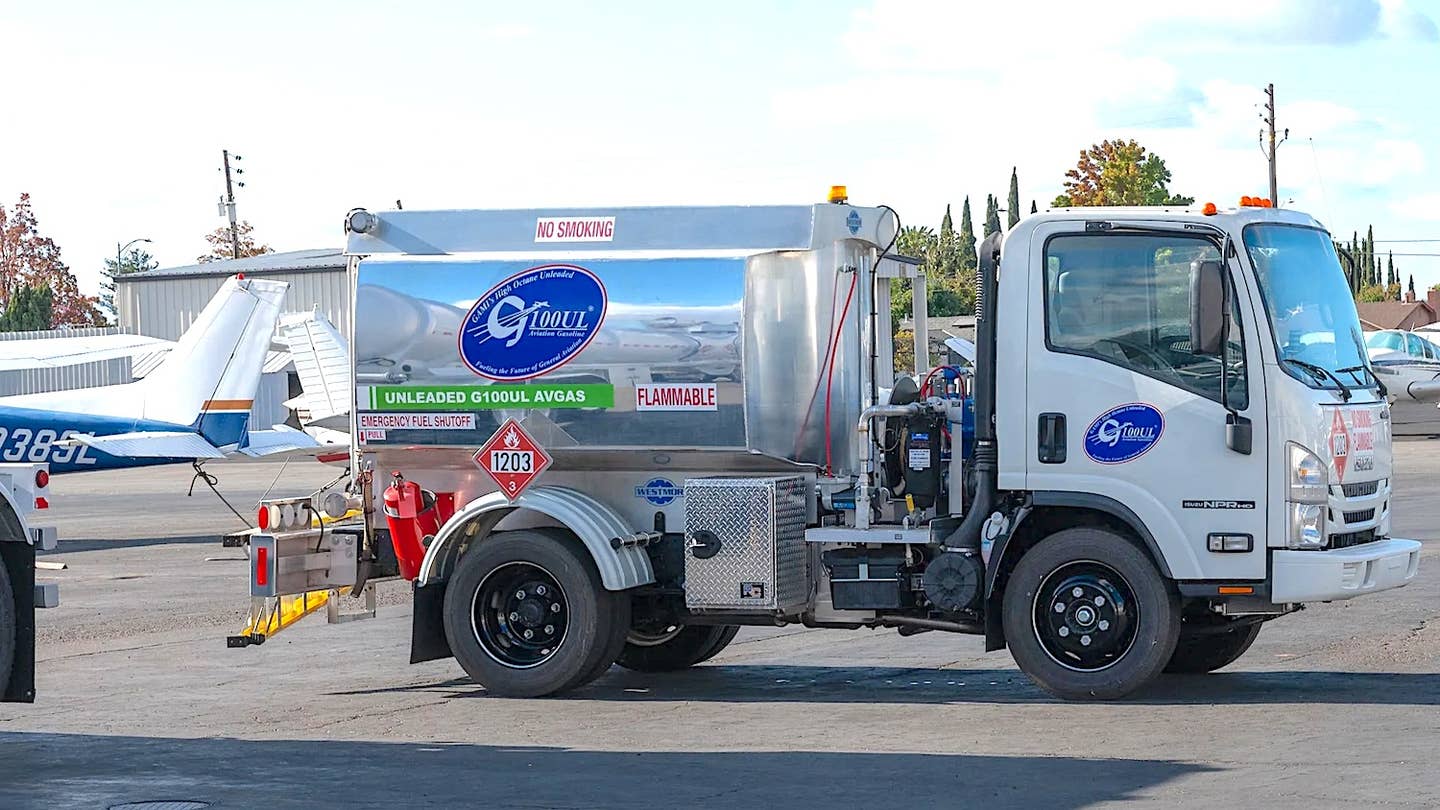UAS Remote ID Comment Period Closed, EAA Responds
The FAA has trampled over the rights of the “traditional model aviation” community in its rush to create remote identification requirements as part of the exploding hobby and commercial drone…
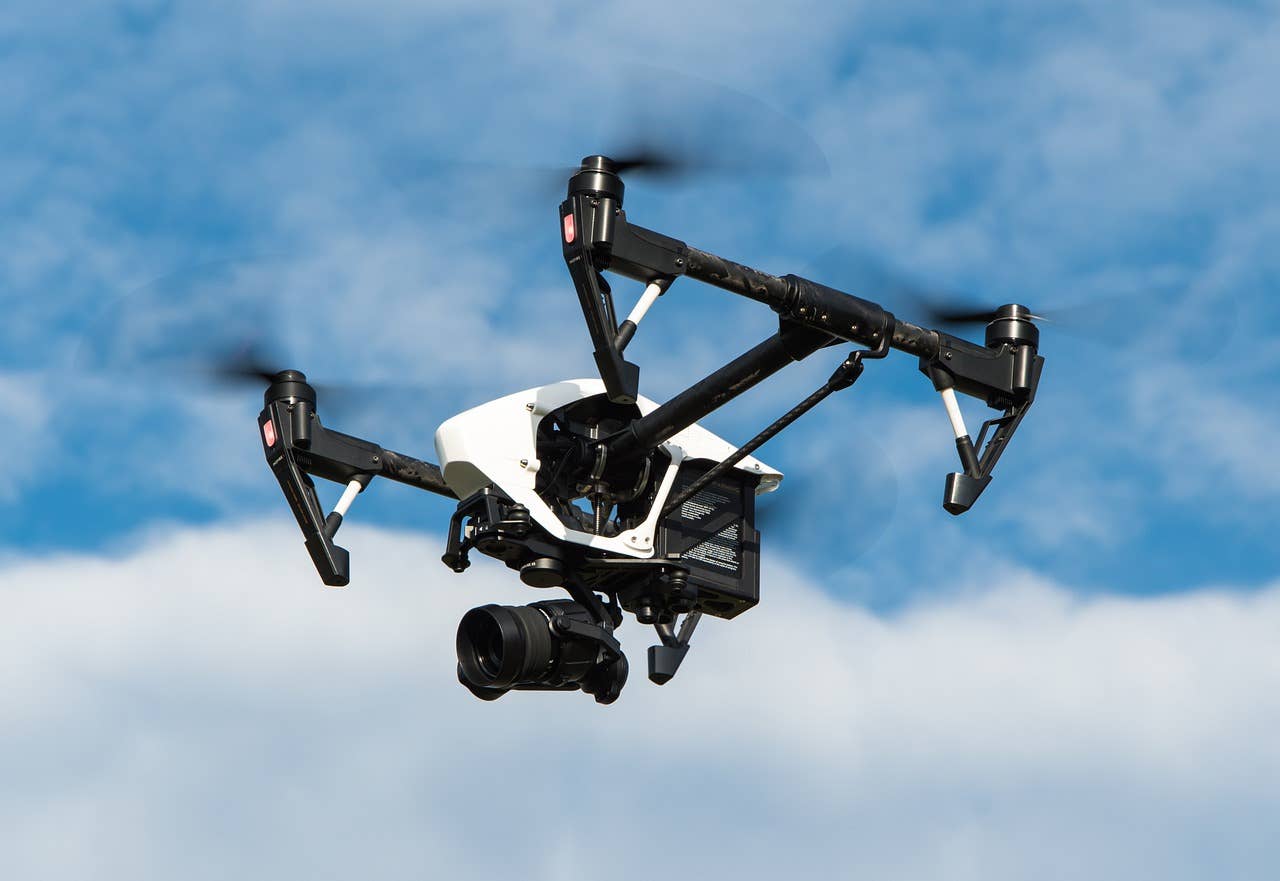
The FAA has trampled over the rights of the “traditional model aviation” community in its rush to create remote identification requirements as part of the exploding hobby and commercial drone market, believes the Experimental Aircraft Association. “The Federal Aviation Administration’s proposed rules for Unmanned Aerial System (UAS) integration is an overreaching answer and threatens traditional pathways into manned aviation,” says the association. At the close of public comments, the NPRM had more than 52,000 comments, the vast majority of them opposing the proposal introduced in late December.
EAA says that the model community “has little in common with the UAS operations that the FAA seeks to regulate, especially in such areas as non-line-of-sight operations and within controlled airspace.” What’s more, EAA feels that the remote ID concept “will be detrimental to traditional model aviation, harmful to traditional model aviation as a pathway to manned flight, and that it includes serious implications for manned aircraft and beyond. EAA does support the concept of remote ID for unmanned aircraft systems (UAS) including recreational camera platforms that are not flown at FAA-recognized identification areas (FRIAs). However, the one-size-fits-all approach in the rule as it is currently drafted is not an appropriate solution.”
“EAA fully understands the need to regulate UAS operations for public safety while safely integrating them into the national airspace,” said Sean Elliott, EAA’s vice president of advocacy and safety. “This FAA proposal, however, simply issues blanket regulations for all unmanned aerial operations, regardless of safety or compliance history. It threatens a long-successful pathway for people to engage in flight.”
EAA offered several alternatives to specifics of the FAA proposal, including allowing registration of multiple aircraft by one owner under a single registration; “creation of a notification system not reliant on immediate, on-site internet connectivity”; and “establishment of FAA-recognized identification areas, such as model aircraft flying fields, directly with the FAA via a time-proven system such as FAA’s Web-based Operations Safety System.”
AOPA Director of Regulatory Affairs Chris Cooper said in the association's formal comments submitted March 2, “Requiring the individual registration of low-risk and low-cost model aircraft that are required to operate within line-of-sight (many which will presumably operate within a FRIA under the proposed rule), does not increase public safety or security. The current registration requirement has been in effect since 2015, and AOPA is not aware of any known safety or security issues that would have been prevented as a result of having individual UA registration information. This proposed rule will result in a significant financial burden to thousands of UAS owners and would be a detriment to the growth of the future pilot community.”
In January, EAA and several other aviation groups, including AOPA, requested an extension on the comment period but the FAA refused. “The unusually fast turnaround for this comment period has consequences that may include having to go back and fix bad decisions that were made in haste, while not using risk-based criteria,” EAA’s Elliott said. “EAA is also concerned that rushed regulations set precedents that may eventually affect manned recreational aircraft operations, which is unacceptable.”

